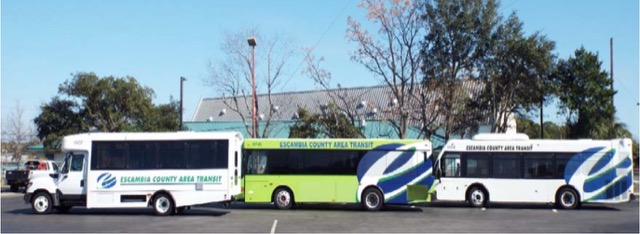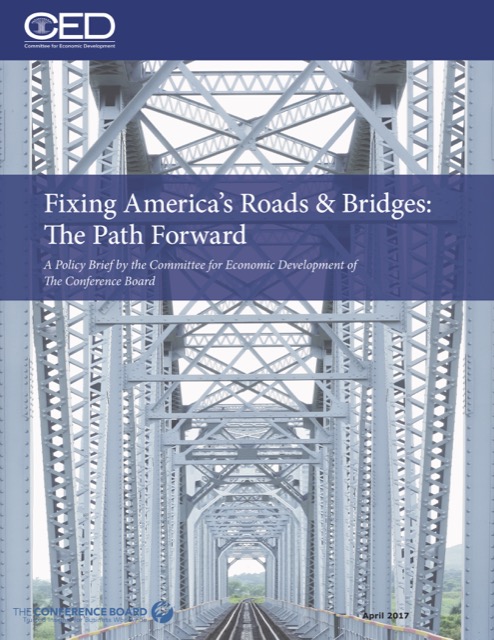“Street Wars 2035” cries The Guardian; “Can cyclists and driverless cars ever co-exist?” The article predicts that streets will be designated “autonomous-vehicle only routes” where cars will whiz by, centimeters apart, allowing no room for pedestrian or bicycle crossings. Apparently, the writer never heard of stop lights or rights of way.
“The forces of driverless motordom try to push pedestrians and cyclists off the road” shrieks Treehugger, citing the Guardian article. All this hysteria is derived solely from one quote by Renault CEO Carlos Ghosn in January, 2016. Speaking to CNBC, Ghosn said, “One of the biggest problems is people with bicycles. The car is confused by them because from time-to-time they behave like pedestrians and from time-to-time they behave like cars.”
I’m not sure why Ghosn is even considered an expert, as Renault is hardly the forefront of driverless car technology. However, Renault’s partner, Nissan, has promised to have several models of self-driving cars by 2020. While Ghosn was technically CEO of Nissan when he made the statement (Renault owns 43 percent of Nissan and Nissan owns 15 percent of Renault), I suspect his statement was just an unguarded remark and not meant to the first shot of a war on bicycles. Continue reading









